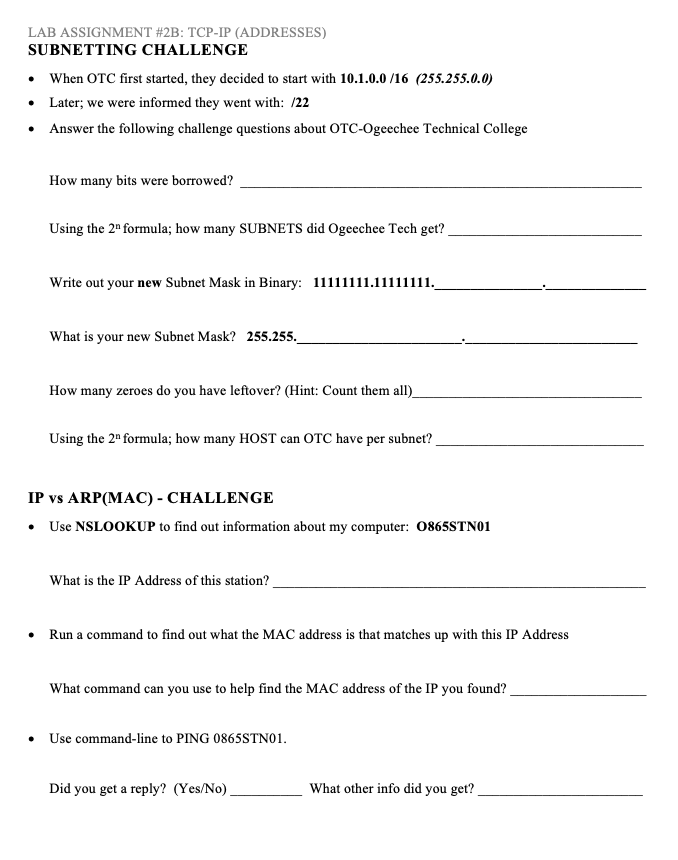

When you’re working from the Nslookup utility prompt, keep in mind that the prompt stores a history list of all the commands that you have typed. īefore I move on, there is one little tip that I want to share with you. Finally, to close down the Nslookup utility prompt and return to a regular command prompt, just type Exit. In the odd case that a computer name is the same as one of the Nslookup interactive subcommands, you can precede the name with the escape character, which in this case is the backslash character (\). You should always check for a typo on the command line when you receive an unusual error. Third, the Nslookup utility will interpret any unrecognized interactive subcommand as a computer name, which could cause an error message. Second, if you initiate one of the interactive subcommands and decide you want to cancel the operation before it continues, you can press C. The Nslookup utility prompt has a line length maximum of 256 characters, which you will need to keep in mind if you combine some of the Nslookup utility’s interactive subcommands. Again, you don’t need to preface the host name with However, there are a few rules that we need to cover first. When you do, you’ll see the name and address of the default DNS name server for your network and then the Nslookup utility prompt, as shown here:Īt this prompt, you can type the host name or IP address of the system you want to look up. To use the Nslookup utility in interactive mode, just type Nslookup at the command prompt and press. Using the Nslookup utility in interactive mode When you do, the Nslookup utility will automatically use the default DNS name server. If you prefer, you can omit the name or IP address of the DNS name server.
/what-is-nslookup-817516-058c4db50b3344a79499a14ab3ffd0f2.png)
You would see the response shown below if the listing existed in your DNS name server’s database:

Keep in mind that if you use the host name, you don’t need to preface the host name with and your DNS name server’s IP address is 10.12.35.9, you would type: You just type Nslookup followed by two arguments: the host name or IP address of the system you want to look up and the host name or IP address of the DNS name server. Using the Nslookup utility in noninteractive mode is easy. Using the Nslookup utility in noninteractive mode Interactive mode also makes it easy to test multiple DNS name servers. You can then issue a whole host of additional subcommands that allow you to run more extensive tests and gather an abundance of information about the DNS name server. Interactive mode actually launches the Nslookup utility as a separate application, complete with its own prompt. You will use this mode when you only have one server to investigate and only need a single piece of information. Using the Nslookup utility in noninteractive mode will likely be the most familiar way to use this tool, as the entire command is issued at the command line, just like with any of the other TCP/IP utilities. The mode you will use depends on how much information you want the Nslookup utility to return.
Can you nslookup mac address windows#
Unlike the other TCP/IP utilities that come with Windows NT/2000, the Nslookup utility has two modes of operation: interactive and noninteractive. Like many of the other TCP/IP utilities that come with Windows NT/2000, you run the Nslookup utility from a command prompt. I will also pass on some basic DNS name server troubleshooting techniques that you can perform with the Nslookup utility. In this Daily Drill Down, I will introduce you to the Nslookup utility and explain how the utility works. This clever little service, which can run from the client (either Windows NT Workstation or Windows 2000 Professional) in addition to the server platform, is a DOS-based program designed to display information from a DNS name server that can help you set your sights on DNS-related problems. However, regardless of which operating system you are running, there is another DNS troubleshooting tool that is often overlooked, yet incredibly handy-the Nslookup utility. If you are running Windows 2000, you typically head to the DNS Console, since it is the primary tool for administering Windows 2000 DNS name servers. If you are running Windows NT, chances are you head to the DNS Manager, since it is the primary tool for managing Windows NT DNS name servers. When that happens, you dig into your arsenal of troubleshooting tools and go to work. If you are running a DNS server on your Windows NT or Windows 2000 network, you know that various problems can arise and cause the system to go haywire.
Can you nslookup mac address how to#
Get IT Done: Troubleshooting DNS problems with Nslookupįind out how to use this command line tool to fix DNS.


 0 kommentar(er)
0 kommentar(er)
